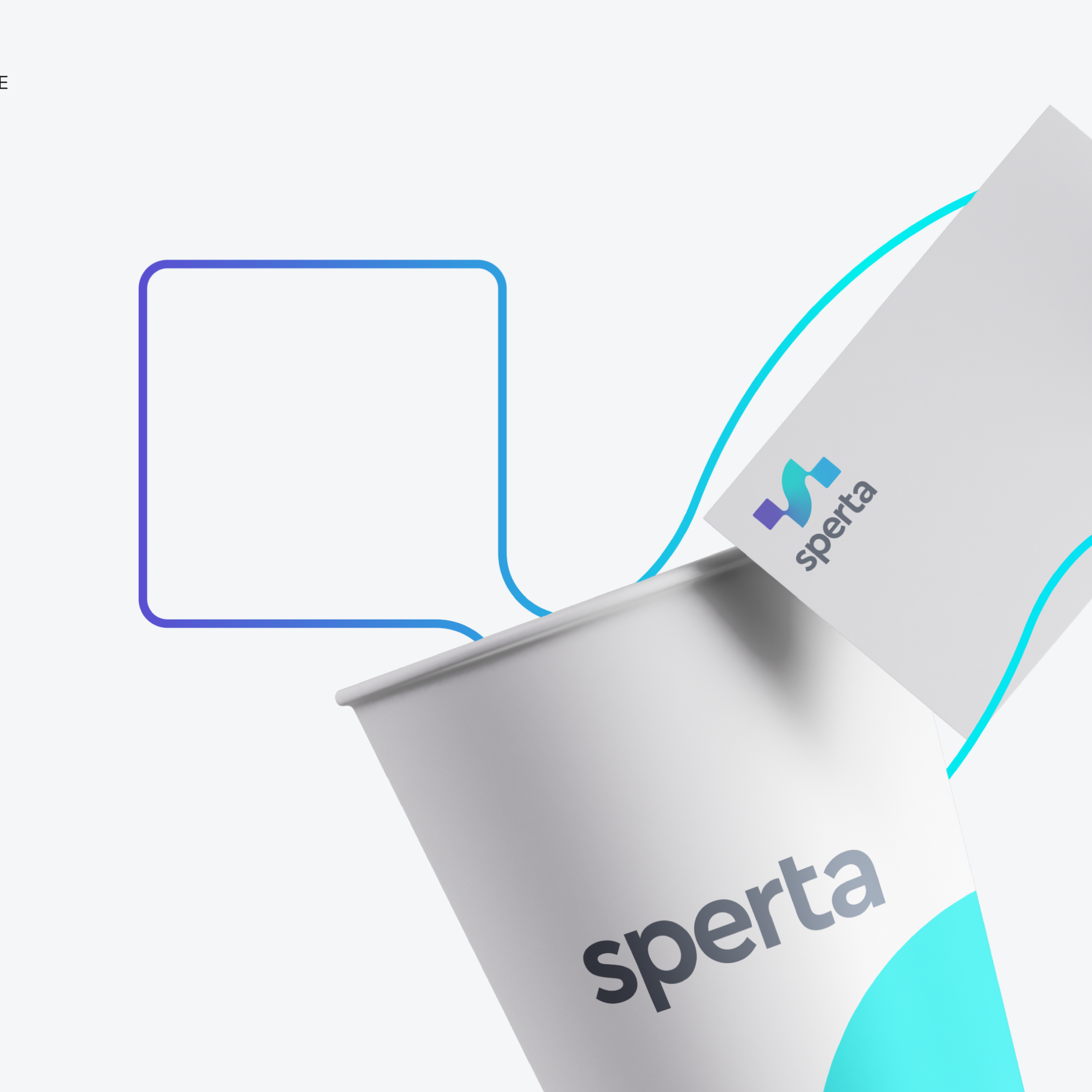At-A-Glance
Sperta is a no-code rules engine that helps data analysts in banks and fintechs automate, test, and manage complex workflows in fraud, credit, and compliance
As founding designer, I led end-to-end product design, built the design team, and created the design system from scratch—resulting in a 30% faster workflow creation and 80% UI consistency improvement.
My contribution
1.
Customer Insights & Ideation: Uncovering & translating valuable insights into actionable features that align with customer behaviors and motivations.
2.
Experience Strategy & Vision: Created frameworks, prototypes, and communicated a clear vision to align stakeholders, facilitating decision-making processes.
3.
Planning & Scope Definition: Balanced customer goals with business objectives, prioritized features for successful launches and future iterations with PM
4.
Design Execution & Validation: Developed design handovers, and build and maintain design system.




























































